Herbal medicine for women
Designing with healing plants for female complaints in the medicinal forest garden
Over the years I have been asked to suggest plants for women's health ... and there are so many possibilities! Here I have selected a range of plant species for female complaints to consider for a medicinal forest garden. These useful plants for women can provide supportive remedies for complaints such as cystitis, hot flushes, painful periods, sore nipples, vaginal discharge, and more. I suggest two guilds of five plants to suit either a sunny sheltered spot or a woodland edge location.
Learning about a medicinal forest garden
The forest garden can offer an ideal environment for perennials from ground cover plants to taller trees and shrubs. This is especially the case if the design of the forest garden provides for varied situations for planting, from a sunny and well-drained spot to dappled shade or moist soil somewhat on the acidic side. These suggestions are based largely on my own experience when, several decades ago, my partner and I had the opportunity to buy a small redundant conifer plantation in Devon. We had the site cleared, fenced to keep out deer, and replanted with our own selection of medicinal trees and shrubs. We learned a lot about how to sustainably cultivate and harvest a wide range of plants, developing a vibrant medicinal forest garden. There is more about our story and the online courses we run on the Medicinal Forest Garden Trust website.
Select list of herbs for women
These are the 10 plants and more details follow, as well as suggestions for planting together.
Alchemilla mollis - ladies mantle
Artemisia vulgaris - mugwort
Calendula officinalis - marigold
Myrtus communis - myrtle
Rubus idaeus - raspberry
Salvia officinalis - sage
Solidago virgaurea - goldenrod
Vaccinium myrtillus - bilberry
Viburnum opulus - cramp bark
Vitex agnus-castus - chaste tree
Bilberry (Vaccinium myrtillus) for skin and urinary infections
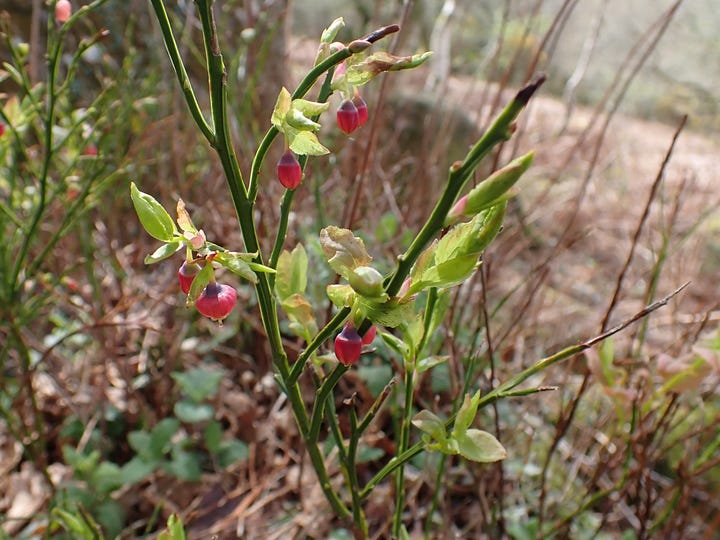
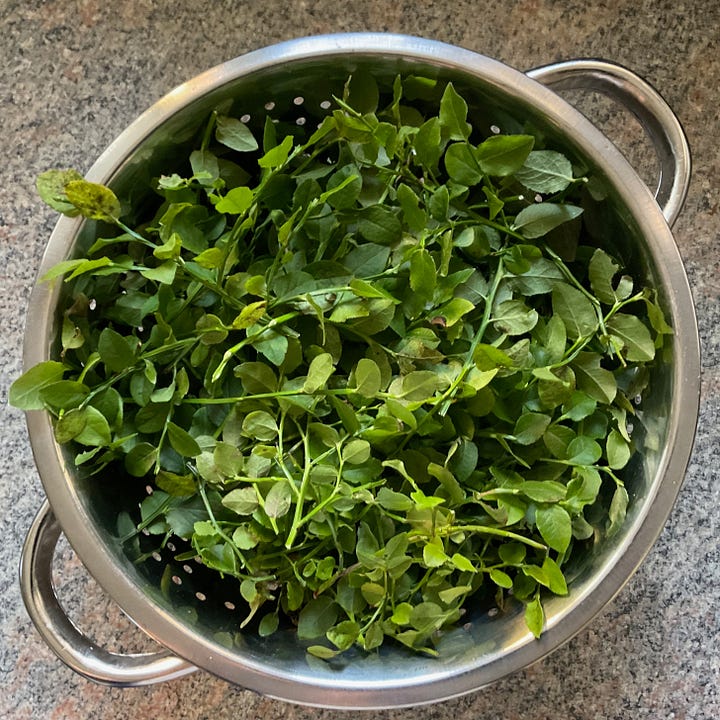
Bilberry is a low spreading shrub growing to 0.5 m tall with small green leaves and blue-black fruits. It is a woodland plant preferring an acid soil. The fruits and leaves offer antioxidant, anti-inflammatory, hypoglycaemic and antimicrobial actions. The leaves are also astringent, diuretic, tonic and antiseptic. The plant is reputed for benefits in eye complaints and in cardiovascular conditions. The antimicrobial effects are helpful in urinary complaints. The leaves can also be used as a wash for skin conditions.
Chaste tree helps in balancing hormones

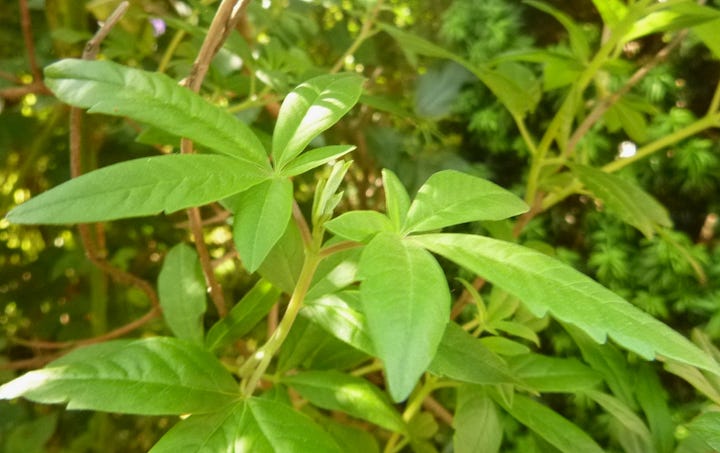
Chaste tree (Vitex agnus castus) is a spreading shrub which appreciates warmth and good drainage. It can establish well in a sheltered area with plenty of light and water. This gorgeously aromatic shrub has an interesting effect on the body, generally regarded as progesterone-like. So it can be used in conditions where the effects of oestrogen are unbalanced, such as premenstrual and menopausal complaints. Although the berries are often prescribed, these are not readily produced in the UK and I have found that the aromatic foliage and young stems are almost as good for making a tincture.
Cramp bark (Viburnum opulus) for period pains

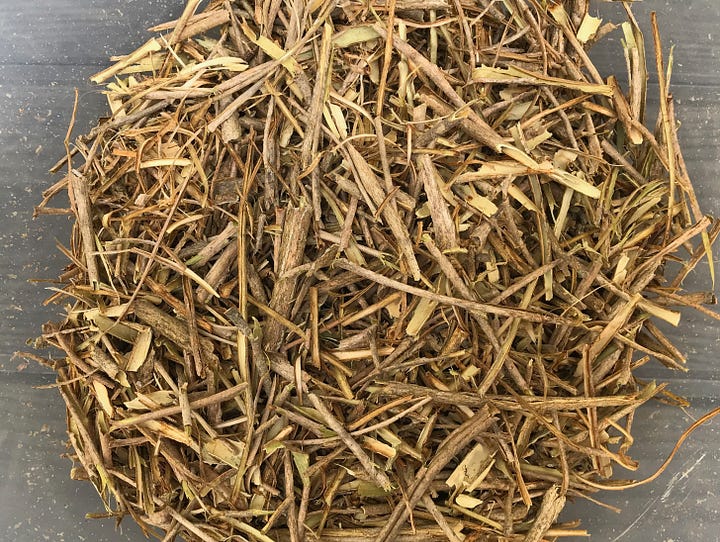
As the name suggests, cramp bark is an excellent remedy for painful cramps, It is better known as the ornamental snowball tree or guelder rose. Growing up to around 3-4 m high, it can be readily coppiced by cutting to the ground in the winter period. The stump throws up fresh stems which are harvested every few years for the antispasmodic bark. The bark is most readily peeled off just as the leaves open and it can be chopped and dried, then ground to powder for capsules or an alcohol extract especially useful to counteract period pains.
Goldenrod (Solidago virgaurea) for urinary complaints
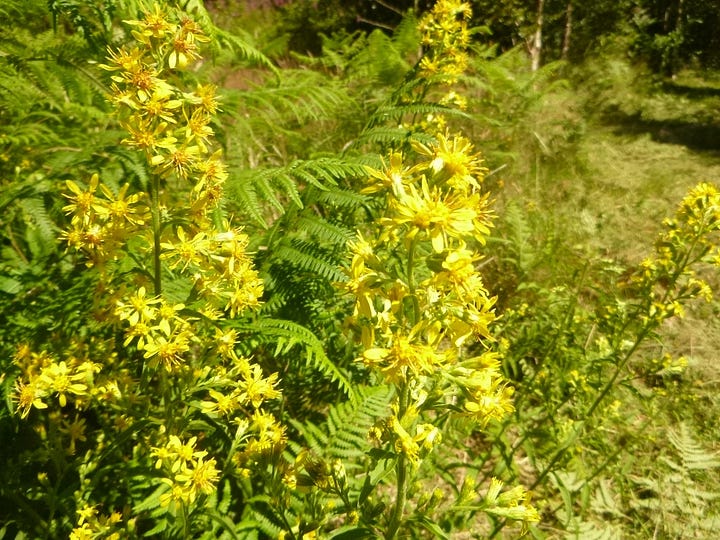

One rather less familiar wild flower in UK woodland is a good remedy for urinary complaints, the yellow-flowered tall goldenrod. Caution as this plant should not be confused with ragwort that contains toxic alkaloids! Goldenrod is a member of the daisy family which likes a dry woodland location. This is the native UK species, and there is a larger related North American goldenrod (Solidago canadensis). The dried flowers and leaves can be used in a tea or tincture for urinary complaints like cystitis as well as other mucosal problems such as a sore throat.
Ladies mantle (Alchemilla mollis) for excessive menstruation
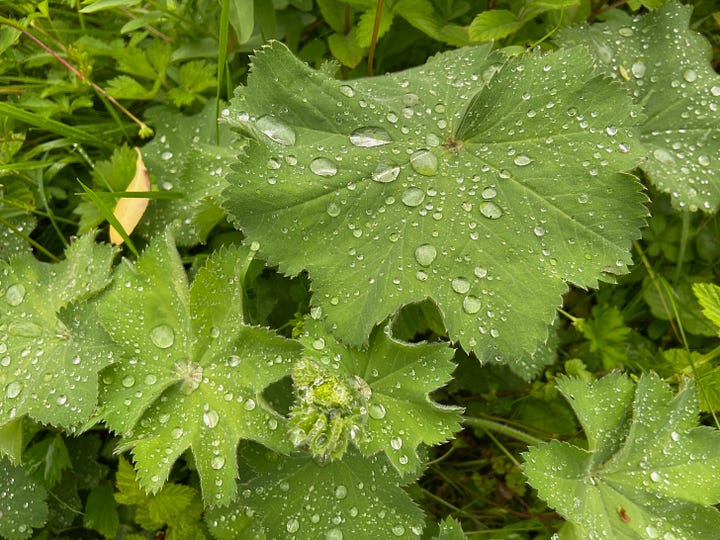
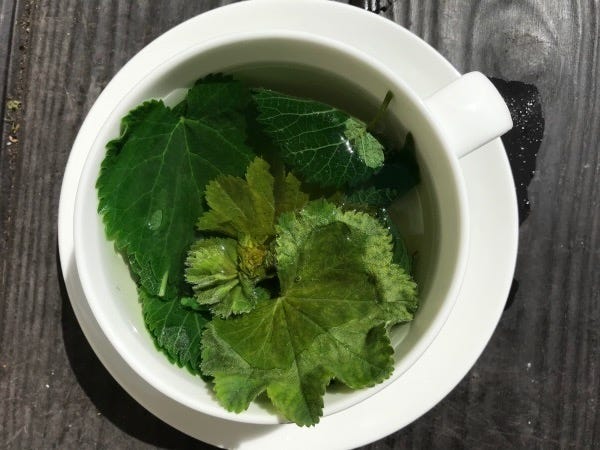
Ladies mantle is an attractive plant traditionally used in women's complaints for its alterative, astringent and diuretic properties. Lowgrowing to 0.3 m, it can give hardy perennial ground cover. This plant grows in most well-drained soils, in sun or light shade. The leaves and flowering stems are harvested before the plant comes into flower, and can be dried. The infusion and tincture have uses externally and internally for excessive menstruation, vaginal discharge and wounds.
Marigold (Calendula officinalis) for balm for sore nipples
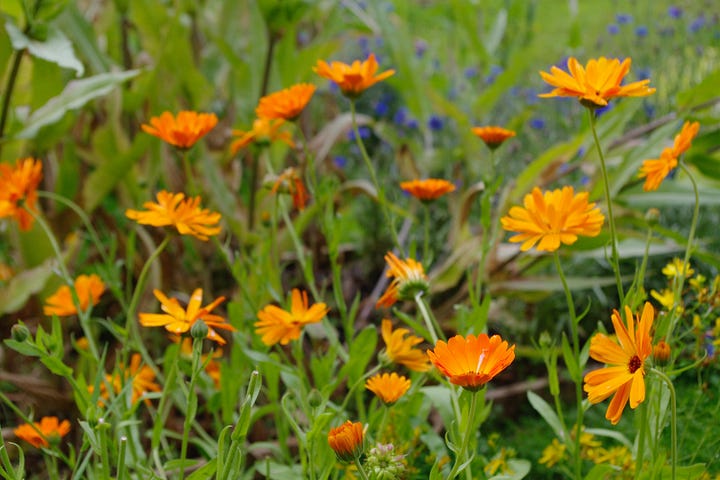
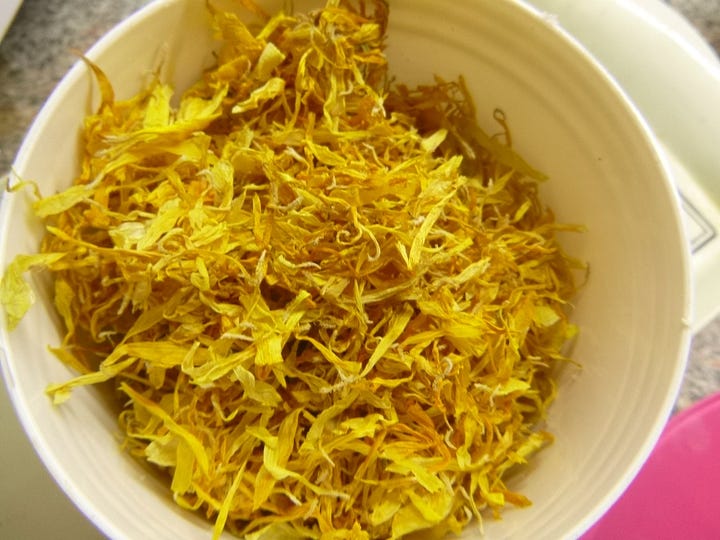
Marigold has resinous flowers and leaves and is widely used in treating skin conditions. They offer antiseptic, astringent and vulnerary effects. This is a Southern European plant that can be found on waste and cultivated land and grows to 0.6 m. It does well in most soils, but does best in sun. Flowers are harvested when fully open and repeated harvest is needed to stop the plants going to seed. The leaves can also be used fresh or dried for external preparations for bites, stings, sprains, fungal infections, wounds etc. Works well either as an infusion in water or in oil, the latter ideal for making a balm for sore skin and nipples.
Mugwort (Artemisia vulgaris) for dysmenorrhoea
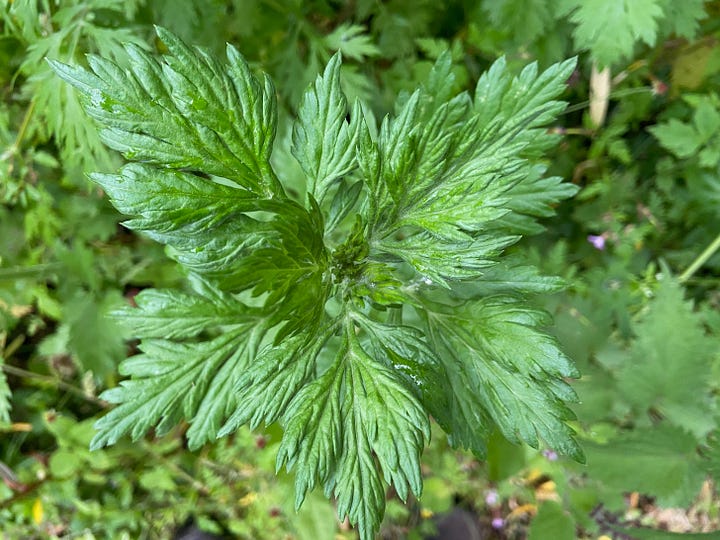
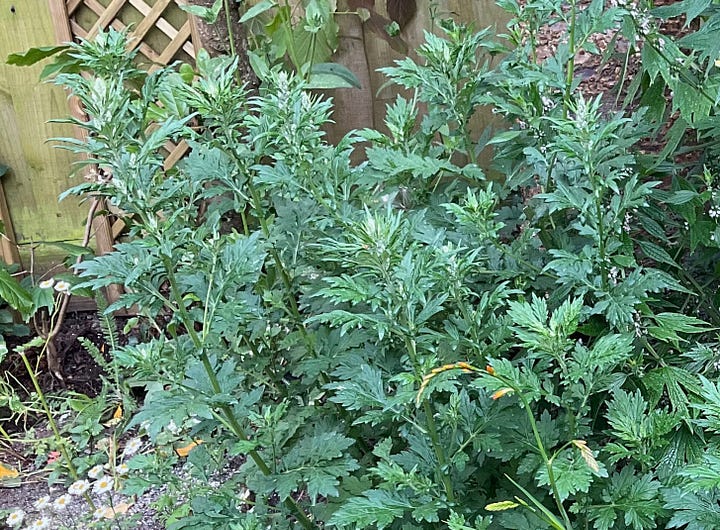
Mugwort is a bitter herb with traditional uses in digestive and women's complaints. It is a hardy perennial that readily grows to 1 m on waste land and hedgebanks. It can grow in most well-drained soils either in sun or partial shade. The flowering herb is used fresh or dried and can have strong effects as it is bitter, antibacterial, antispasmodic, cholagogue, emmenagogue and laxative. This powerful plant can be used to stimulate digestion and in dysmenorrhoea. This plant is not suitable for use in pregnancy or to be taken for long periods.
Myrtle (Myrtus communis) for vaginal discharge
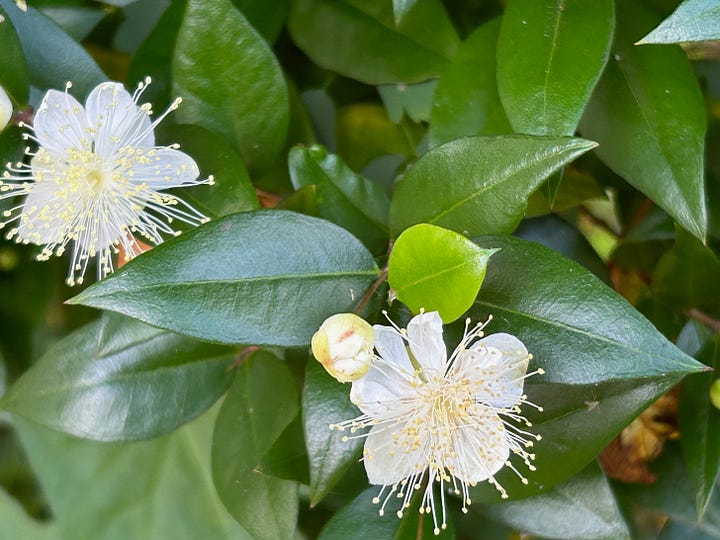
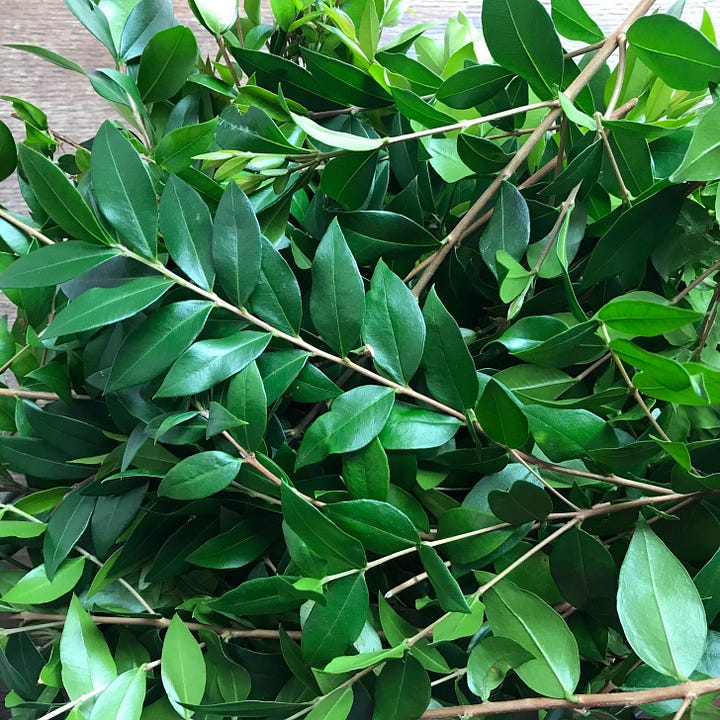
Myrtle is an evergreen shrub growing to 4.5 m tall by 3 m wide, with aromatic leaves and white flowers. The small berry fruits ripen in warmer locations in later autumn. The whole plant is rich in essential oils with citrus and juniper-like fragrance notes. Myrtle leaf infusion can be taken internally in urinary infections, digestive problems, bronchial congestion, sinusitis and dry coughs. Research has shown effectiveness when used as a wash or in a gel for vaginal discharge. Avoid in pregnancy or breastfeeding due to the essential oil content.
Raspberry (Rubus idaeus) for toning up the reproductive system
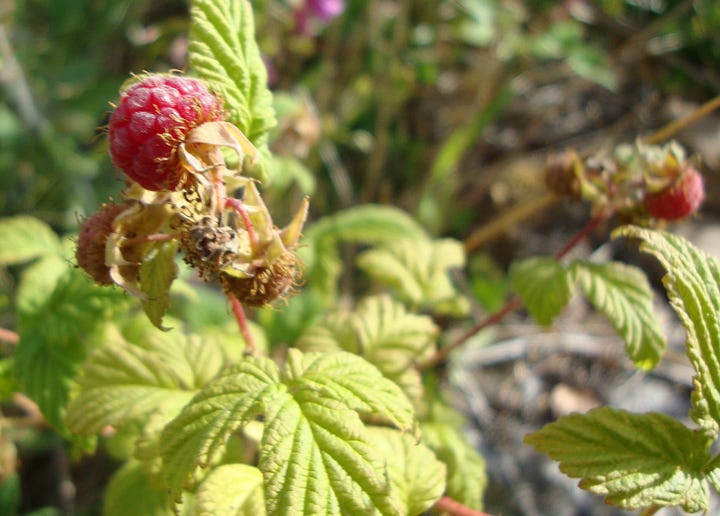
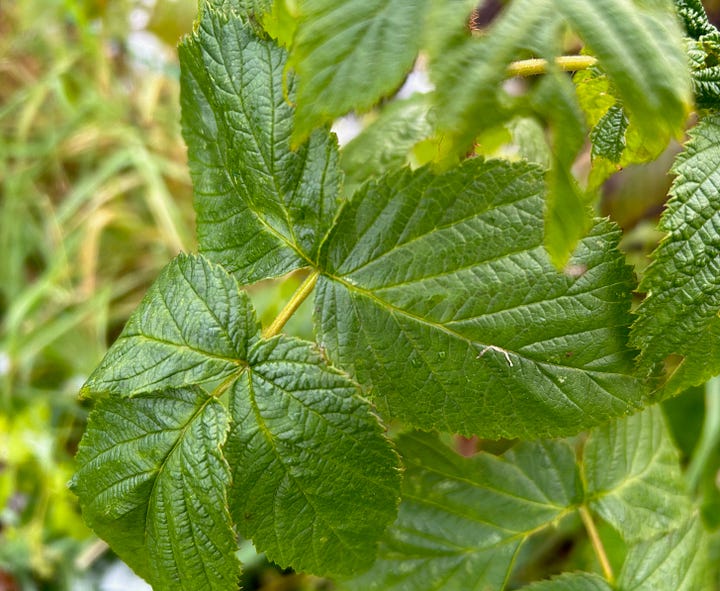
There are many raspberry (Rubus idaeus) varieties bred for fruit for gardeners, though raspberry can also be found growing wild or as a garden escape. This plant reaches up to 1.5 m tall and can grow in woodland. It provides young fresh leaves to dry for supporting the female reproductive system. A tea of the leaves is traditionally taken in the last trimester of pregnancy to help tone uterine muscle. The astringency of this herb as an infusion is also helpful for painful periods.
Sage (Salvia officinalis) for hot flushes
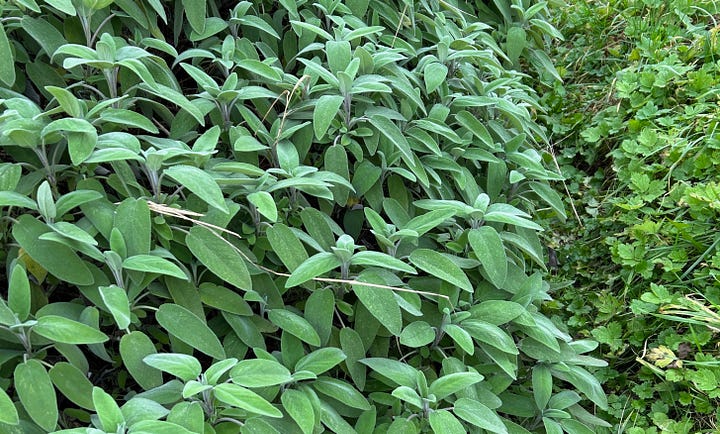

Sage is an aromatic herb traditionally used as a digestive remedy. It is a hardy perennial from Southern Europe that grows to 0.6 m. It prefers a well-drained somewhat alkaline soil, in sun and dislikes shade. The leaves are harvested before flowering, and used fresh or dried. Sage has many herbal action sincluding as an antiseptic, antispasmodic, astringent, carminative, cholagogue and stimulant. Traditionally, a tea is used for night sweats and hot flushes in menopause. The antiseptic effects also provide a mouthwash or gargle for sore throats. Sage should be avoided in pregnancy. It is a strong herb so avoid large doses or long periods of use.
Plant guilds for women's health
I have been thinking about guilds of plants for women's health. In permaculture design a guild refers to a group of plants which are mutually beneficial, they support each other in various ways such as soil fertility and pest control. They can offer a sustainable mix of healthy plants growing together for the longer term. Here I have divided the plants into two groups that do well together. Some plants will prefer a sheltered environment, perhaps even require growing under glass in colder wet winter climates. They benefit from a sunny sheltered and well-drained spot and include myrtle, chaste tree, sage, marigold, ladies mantle.
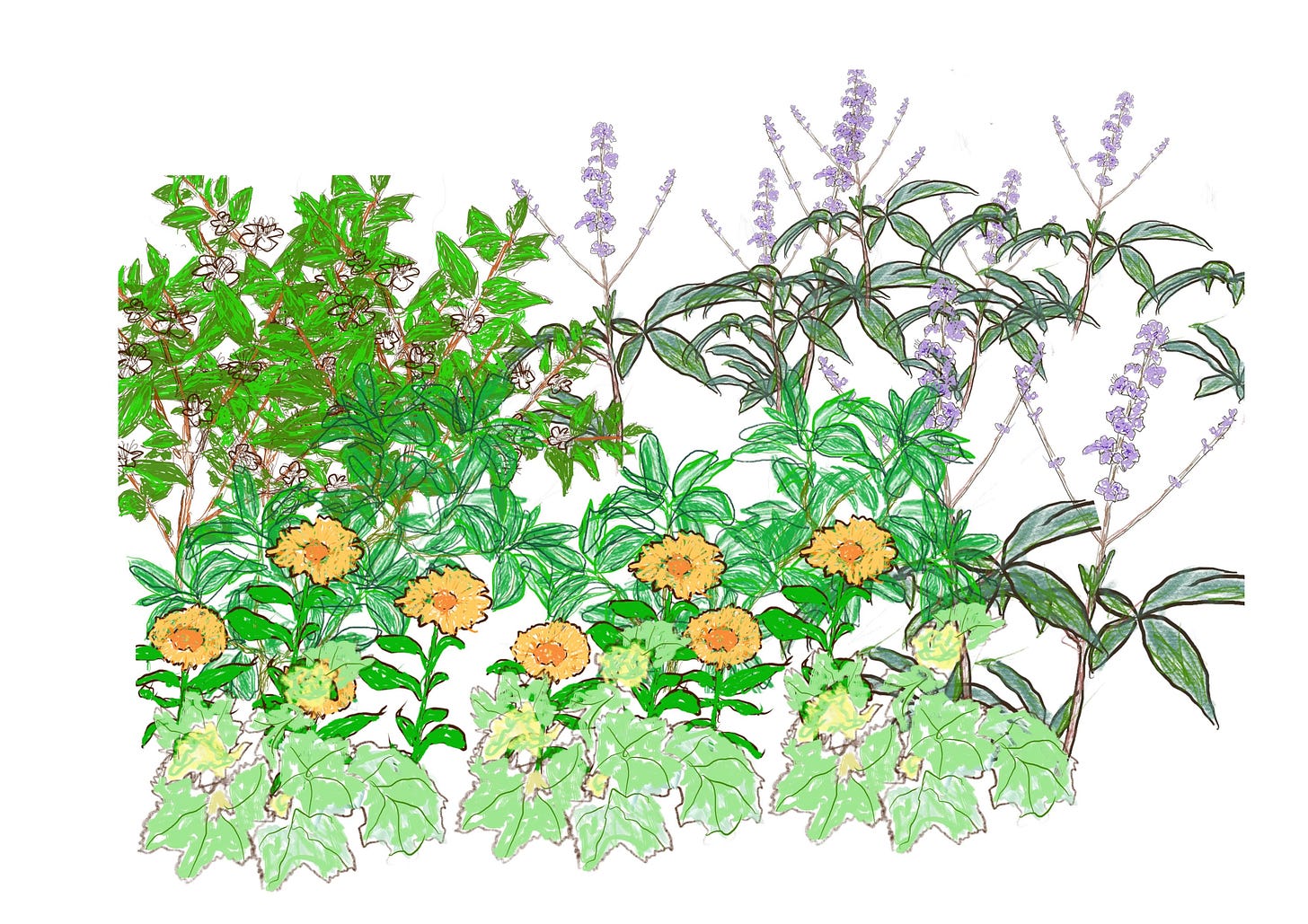
Other plants will do reasonably well in a woodland edge situation with some light shade. These are also species which might be included in a hedge: cramp bark, goldenrod, raspberry, bilberry, mugwort
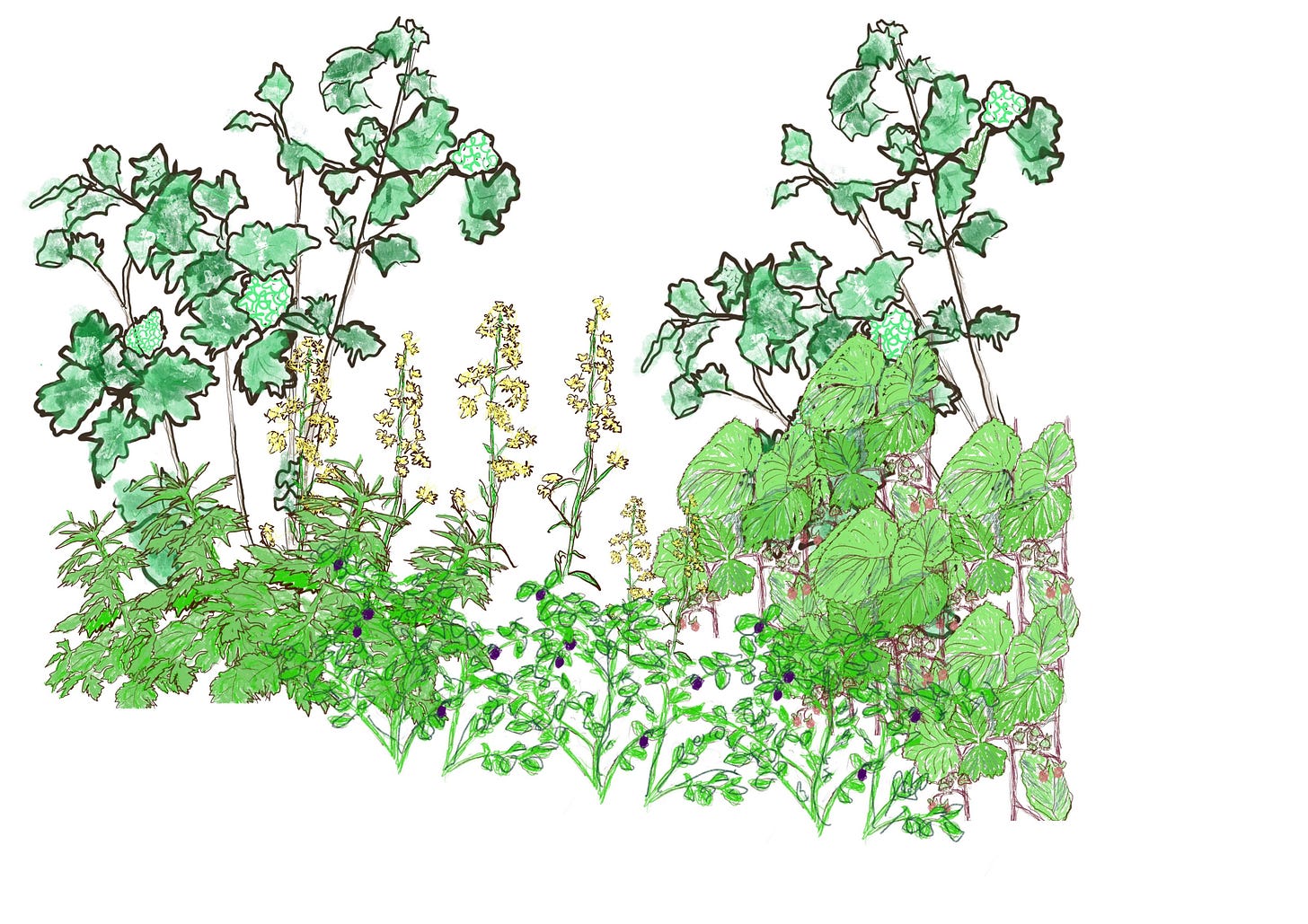
Women and plants
Loads more plants could be mentioned! Including fennel for breast milk, nettle for iron, paeony for anxiety, rose for emotional health, witch hazel for skin health and yarrow for cystitis. I have always valued a special link between women and plants - often it is women who use herbs to comfort others and tend to common complaints - and the many plants that can provide help for female disorders. The opportunity to grow your own plants is something to cherish, it is incredible how much better you get to know them, and you can harvest at the best time plus dry and preserve for the future. There is something very satisfying about being able to help yourself and others. BUT my usual caveat applies, always seek advice from a professional trained practitioner if a complaint persists or worsens, particularly if pregnant or breastfeeding. If you need to know more about making herbal preparations then have a look at the Medicinal Forest Garden Harvest Course online.
About me!
I am a herbal practitioner based in Devon, now retired from clinical practice. From a background of teaching sciences and managing adult education I changed my career by training as a clinical medical herbalist. Until 2010, I was Programme Manager for the professional degree programme in herbal medicine at Middlesex University in London. I published my historical research on domestic medicine in Household Medicine in Seventeenth-Century England (2016). After training in permaculture I co-founded the Holt Wood Herbs project in Devon to develop sustainable ways of cultivating and harvesting medicinal trees and shrubs. Further books focus on medicinal trees and shrubs, The Medicinal Forest Garden Handbook (2020) and Trees and Shrubs That Heal (2023).


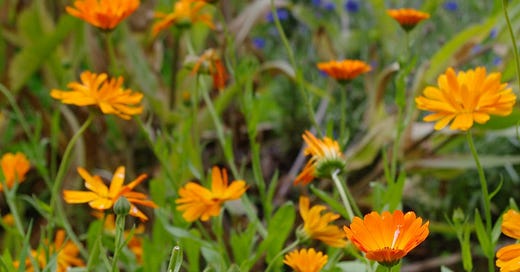



Many thanks Sylvia for appreciation of post on healing plants for women's complaints! All best wishes for 2025 and hope it is not too chilly in Wisconsin!! I had some great feedback on our Deep Roots Radio interviews in 2024 on medicinal forest gardening. I will put a link here in case anyone else interested to listen to more recent podcasts!
https://creators.spotify.com/pod/show/sylvia-burgos-toftness
Happy New Year, Anne! Thanks for this post. I was glad to note the many herbs already growing on my farm, as well as the few I need to add to the mix in my garden. I wish you the very best of the new year, and look forward to your posts in 2025.